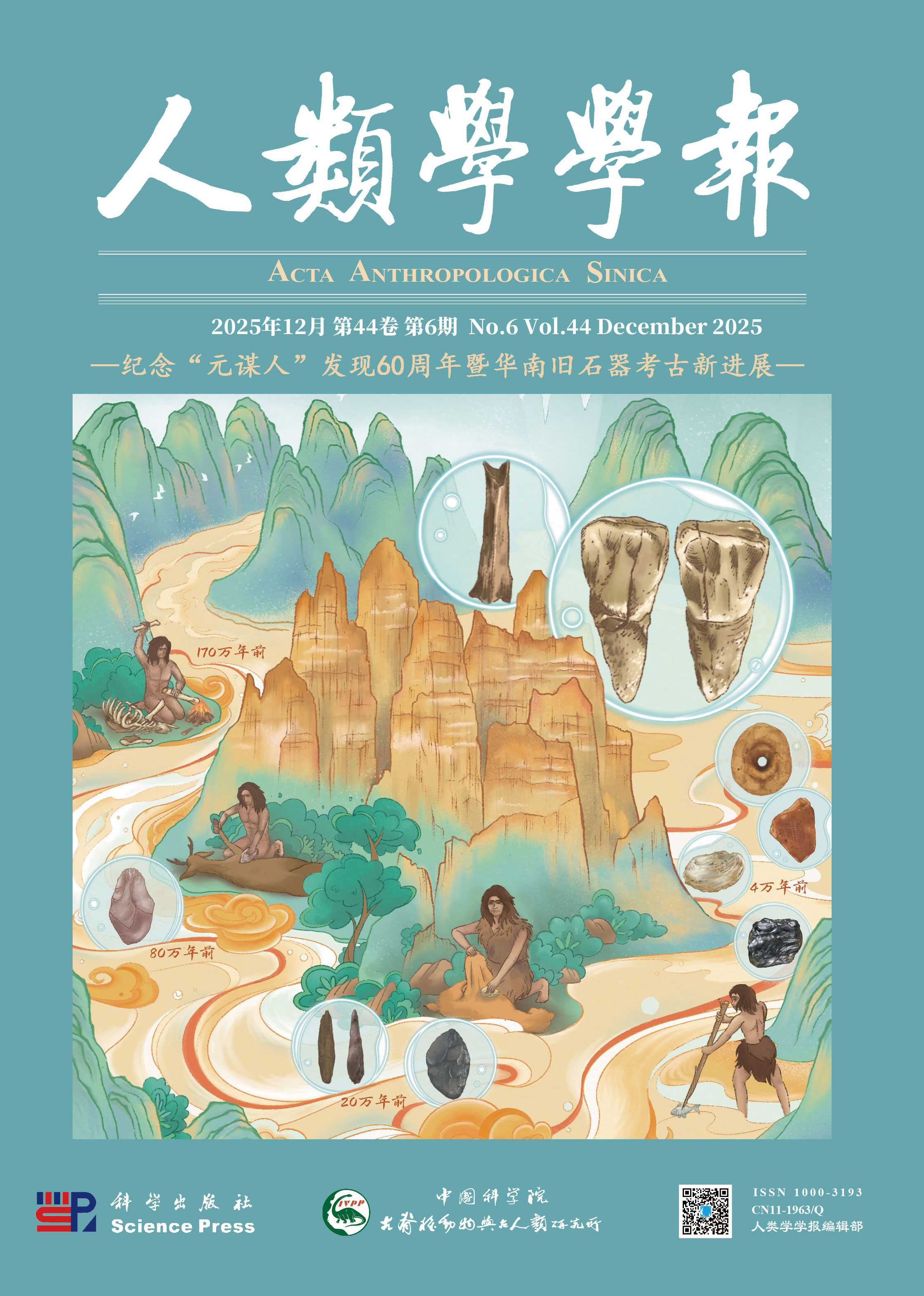Head and face characteristics are important for the classification of human races, and are also used as evidence of kinship in anthropological studies. In this research, 16 head and face characteristics of 2,989 adults (1,434 males and 1,555 females) for 14 ethnic groups were investigated in ethnic groups of Sichuan, Yunnan, Tibet, Guizhou, Hainan, Xinjiang and Inner Mongolia between 2006 and 2016. Results of this study are as follows. In the ethnic groups Muya, Ersu, Lingao and Baima, males had larger facial and head breadths. Tuva, Buryat and Mosuo males were larger in facial and head breadths, morphological facial height and nasal height. Facial and head breadths of Deng, Gejia and Mang males were small, but morphological facial height and nasal height were large. Kongge males had small facial and head breadth, morphological facial height and nasal height. For females, the Tuva and Buryat ethnic groups had large head and facial breadths, nasal height and auricular height. Gejia and Kongge females had small head and facial breadths, nasal height and auricular height. Head and facial breadths of Muya, Ersu, Bajia, Baima and Sherpa females were large, whereas nasal height and auricular height were small. Head and facial breadths of Deng, Khmus and Mang females were small, but nasal height and auricular height were large. It was noted that head breadth and physiognomic ear length were highly correlated with environmental factors such as latitude, annual average temperature and annual rainfall. Through statistical cluster analysis and principal component analysis, it was recognized that head and face characteristics of Muya, Ersu, Baima and Qiang are relatively similar, and that the head and face characteristics of Khmus and Va were relatively close. The Tuva, Buryats and Mongol have the closest head and face characteristics.









